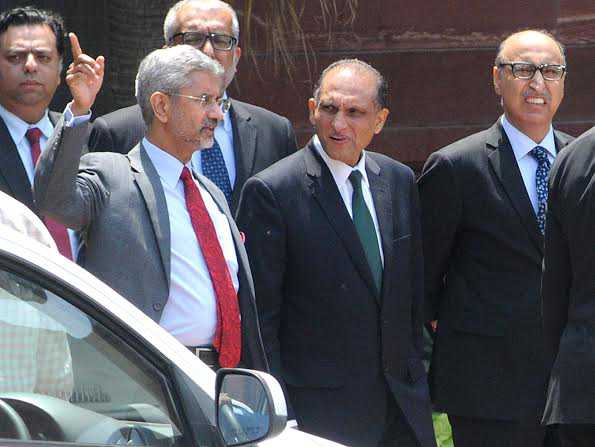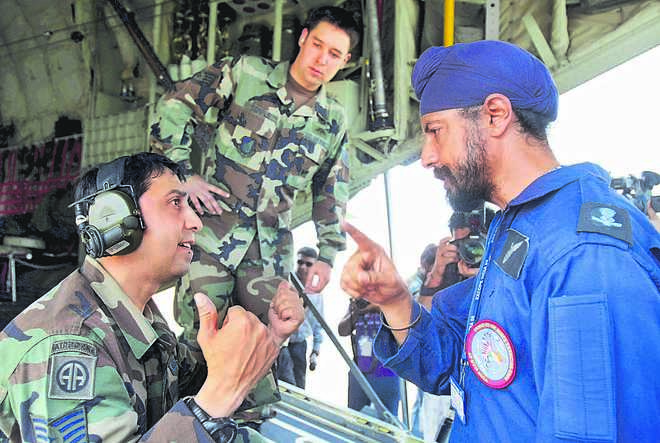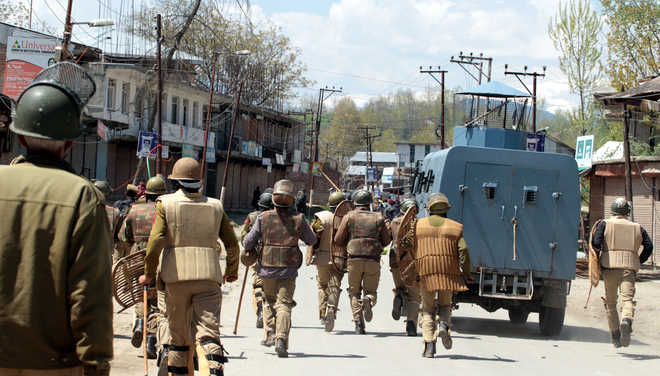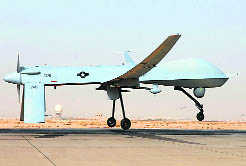Delhi says former naval officer Jadhav was ‘abducted and taken’ to Pakistan
NEW DELHI: India on Tuesday used its first high-level contact with Pakistan since the January 2 attack on the Pathankot airbase to send out a clear message: Islamabad must crack down on terror groups operating from its soil instead of being in “denial” on terrorism.
PTIForeign secretary S Jaishankar and his Pakistani counterpart Aizaz Ahmad Chaudhry after their meeting in New Delhi on Tuesday.
During talks with his Pakistani counterpart Aizaz Ahmad Chaudhry ahead of a meeting of the Heart of Asia grouping, foreign secretary S Jaishankar also sought “early and visible progress” in Pakistan’s probe into the Pathankot attack and the trial of the alleged perpetrators of the Mumbai attacks.
Bilateral contact between the neighbours were stalled after the Pathankot airbase attack, blamed on the Jaishe-Mohammed (JeM) by India. Seven security personnel were killed in the attack.
Pakistan, Jaishankar said, “cannot be in denial on the impact of terrorism on the bilateral relationship”. A statement from the external affairs ministry quoted him as saying, “Terrorist groups based in Pakistan targeting India must not be allowed to operate with impunity.”



















































































































